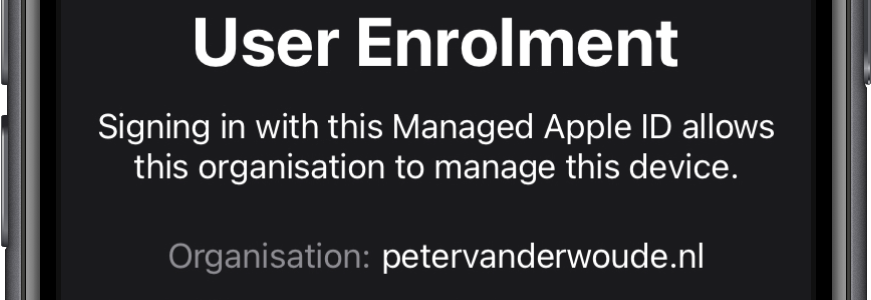Getting started with Shared iPad devices
This week is all around Shared iPad devices with Microsoft Intune. Shared iPad is an iPadOS configuration that easily lets multiple user share the same iPad. That configuration enables a personal experience for a user, on a device that is shared between multiple users. That personal experience enables users to be more productive, as users can simply pick-up where they left off previously. This post will start with a short introduction to Shared iPad devices, followed with the configuration steps for those devices. This post will end by describing and showing the user experience with Shared iPad devices. Introduction to Shared iPad devices With shared devices, this post is referring to company-owned multi-user devices that can be used – depending on the use case – …


